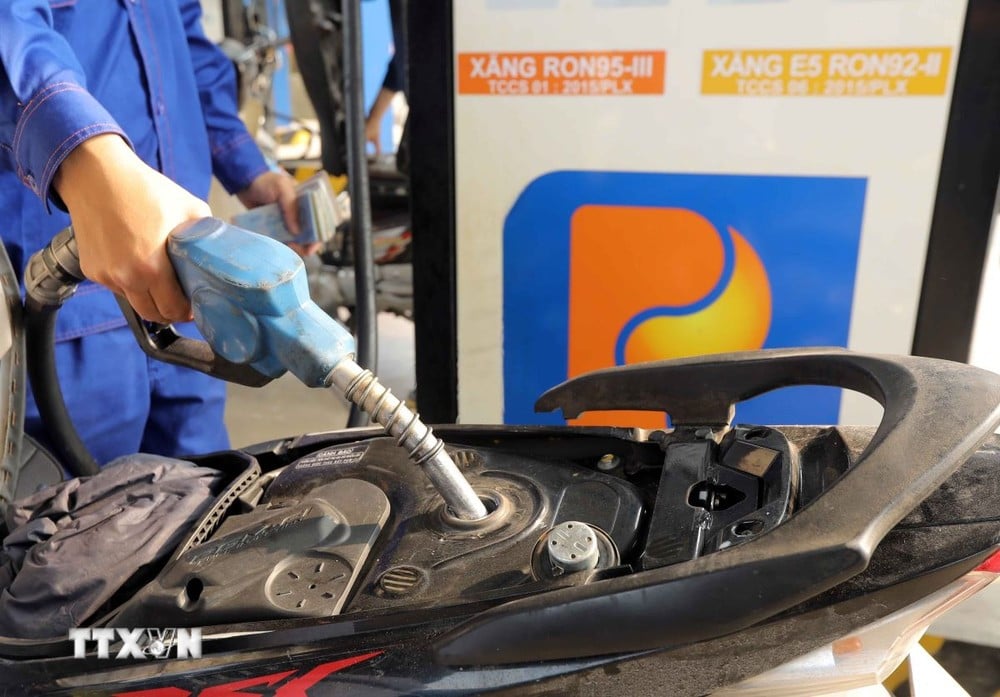
As a tool of the Government for decades to ensure stable gasoline prices without sudden increases when the world oil market fluctuates strongly, at this point, is the existence of the Petroleum Stabilization Fund still necessary when the oil price fluctuation range has clearly changed in both price and product structure?
Should I keep it or throw it away?
Chairman of the Vietnam Petroleum Association (VINPA) Bui Ngoc Bao said that according to legal regulations, each petroleum trader must open a separate account to track the amount of money spent and deduct from the Petroleum Price Stabilization Fund according to the announcement of the Ministry of Industry and Trade in each period of petroleum price management.
Petroleum trading enterprises are responsible before the law for fund management and reporting to the Ministry of Industry and Trade and the Ministry of Finance. If there is no decision to spend the Price Stabilization Fund according to the direction of the Ministry of Industry and Trade and the Ministry of Finance, this fund will in fact only be deposited in the bank and will not affect the market.
Accordingly, there are enterprises that transfer (account, convert from one term to another) on time, there are enterprises that do not transfer on time, but in general, the total amount of this transfer "cannot be ambiguous" because there is also a post-audit and supervision stage of the management agency. Therefore, enterprises that do not transfer or owe the fund are in violation of regulations.
In fact, during the years of the COVID-19 pandemic, many petroleum traders suffered losses because the selling price at some points was lower than the cost price, so they did not transfer the Price Stabilization Fund and fell into debt to the fund.
A key trader also said that in 2022, businesses had to borrow from banks to transfer enough when there was a spending decision from the Ministry of Industry and Trade and the Ministry of Finance.
Therefore, the petroleum business of enterprises in 2022 will become even more difficult in the context that enterprises have to import reserves according to instructions at the time of high prices at the beginning of the year, but when selling later, they have to follow the fluctuating prices in the market at the time of low prices.
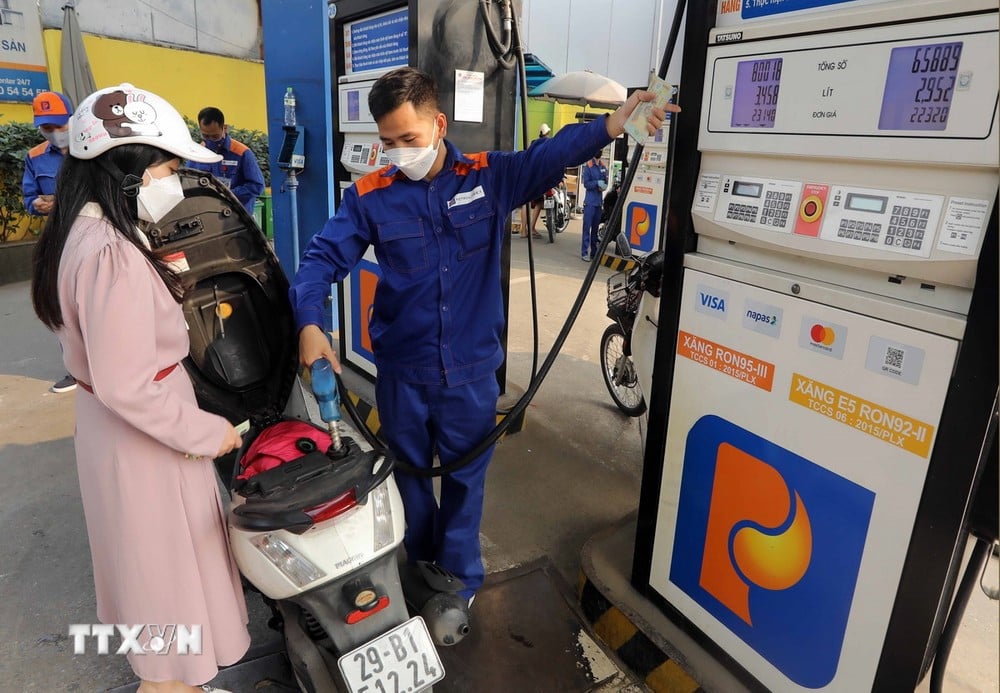
According to Mr. Bao, the Petroleum Price Stabilization Fund in previous years was a tool of the Government to ensure that petroleum prices did not increase dramatically in the context of strong fluctuations in the world market.
However, at this time, the fluctuation range of oil prices compared to the time of establishment of the Petroleum Price Stabilization Fund before the 2012 Price Law was issued has clearly changed in both price and product structure, so it is no longer purely proportional and the difference is too large.
This fund in fact only compensates a part and is currently existing at a different time than when it was established. Therefore, the management agency should consider abolishing this Petroleum Price Stabilization Fund, said the Chairman of VINPA.
Similarly, economic expert Vu Vinh Phu (former Deputy Director of the Hanoi Department of Industry and Trade) in many interviews with the press emphasized that the decision to establish the Petroleum Price Stabilization Fund stipulated that this fund "is effective in the period 2012-2016." However, since then, the Petroleum Price Stabilization Fund still exists.
Meanwhile, there were times during the operating period (June 13, June 20 and June 27), gasoline prices increased sharply, specifically E5 RON92 increased by about 880 VND/liter in 3 weeks; RON95 gasoline price increased by about 1,040 VND/liter in 3 weeks and diesel increased by about 1,270 VND/liter in 3 weeks but the inter-ministerial committee did not deduct from the Price Stabilization Fund.
In fact, from October 2023 to the operating period on August 8, 2024, the Ministry of Finance and Industry and Trade did not set aside or spend the Petroleum Price Stabilization Fund, while at the end of 2023, this fund still had nearly 7,000 billion VND left.
The stabilization fund is to stabilize gasoline prices, but in reality the fund is "inactive," so the existence of this fund needs to be reviewed, Mr. Vu Vinh Phu said.
In the latest draft Decree on petroleum business that the Ministry of Industry and Trade has just completed and sent to the Ministry of Justice for appraisal, it is stated that recently, during the inspection and examination process, specialized agencies of the Party and Government have commented that the allocation and use of the stabilization fund as prescribed for a long time is not in accordance with the Law on Prices.
Also according to the Ministry of Industry and Trade, with the current implementation of the price adjustment cycle of 7 days/time, the price fluctuation between 2 basic adjustments is not large, therefore, the impact of gasoline price adjustment on the socio-economic situation is not large, and it is very rare to have to use the Petroleum Price Stabilization Fund to stabilize gasoline prices.
Setting up new stabilization tools
VINPA Chairman Bui Ngoc Bao said that if the Petroleum Price Stabilization Fund is still wanted, it should be transferred to the State for management, not left to businesses to manage themselves as it is now.
Accordingly, it is necessary to establish a mechanism to form a fund to be paid to the State as a tax and change the way it is used; in which this fund should focus on national petroleum reserves so that when it is necessary to stabilize prices, national reserves can be sold to the market.
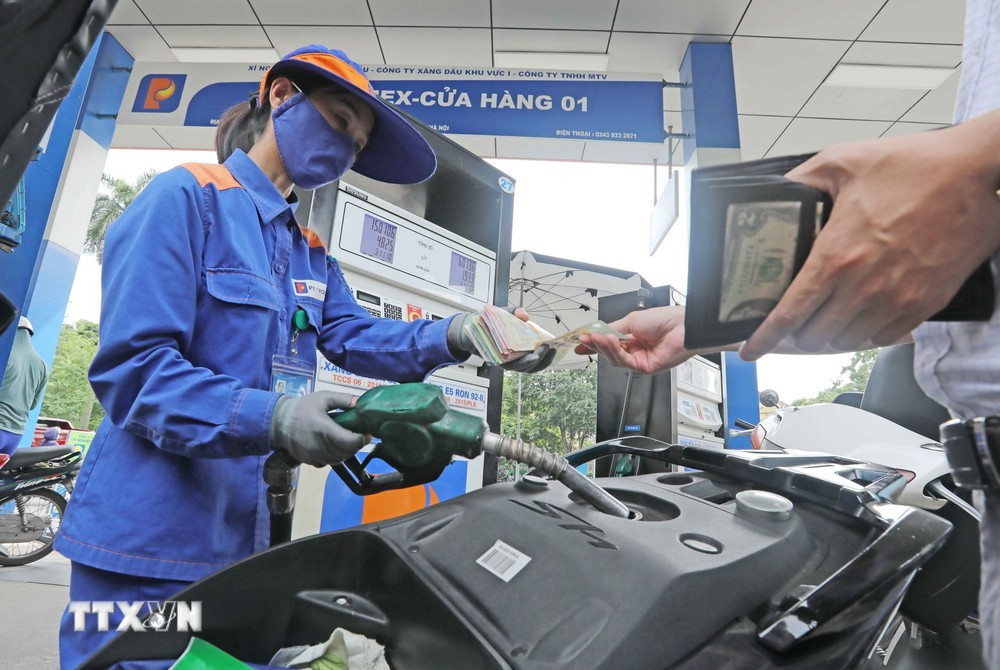
In fact, in developed countries, national oil reserves are usually 3-6 months, even 9 months. When world oil prices are high, they are sold or used to stabilize the market, and when world prices are low, they are bought in reserve to operate effectively.
Besides, price stabilization can also be done through tax and fee policies or gasoline price insurance, leaving the rest to the market to operate.
Only then will the supply of gasoline be guaranteed, prices will be competitive among businesses, and consumers will benefit, said VINPA Chairman Bui Ngoc Bao.
The Government is also directing research to reflect recommendations on the establishment of a Petroleum Exchange to increase publicity and transparency, overcome recent instability in the petroleum market, and on that basis, have appropriate implementation solutions according to authority and legal regulations.
The operating petroleum trading floor will publicize information on prices and trading volumes, thereby minimizing the possibility of price manipulation, creating a flexible and quick pricing mechanism and improving the distribution and circulation of petroleum.
On July 30, 2024, the Ministry of Industry and Trade (Domestic Market Department) held a workshop to discuss the establishment of a Petroleum Exchange.
The Ministry of Industry and Trade also affirmed that it will continue to listen to opinions from associations, businesses, and experts on the establishment of a Petroleum Exchange in Vietnam to build a model suitable for Vietnam.
TB (according to VNA)Source: https://baohaiduong.vn/quy-binh-on-gia-xang-dau-co-con-can-thiet-de-dieu-tiet-thi-truong-390009.html



![[Photo] 60th Anniversary of the Founding of the Vietnam Association of Photographic Artists](/_next/image?url=https%3A%2F%2Fvphoto.vietnam.vn%2Fthumb%2F1200x675%2Fvietnam%2Fresource%2FIMAGE%2F2025%2F12%2F05%2F1764935864512_a1-bnd-0841-9740-jpg.webp&w=3840&q=75)

![[Photo] National Assembly Chairman Tran Thanh Man attends the VinFuture 2025 Award Ceremony](/_next/image?url=https%3A%2F%2Fvphoto.vietnam.vn%2Fthumb%2F1200x675%2Fvietnam%2Fresource%2FIMAGE%2F2025%2F12%2F05%2F1764951162416_2628509768338816493-6995-jpg.webp&w=3840&q=75)




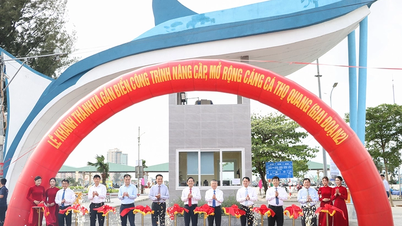





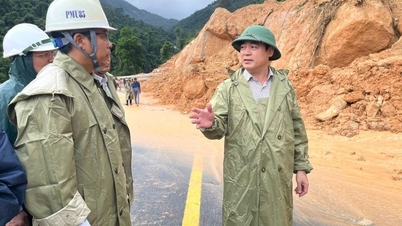







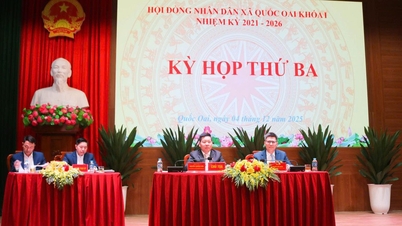

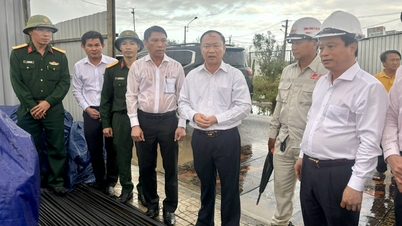

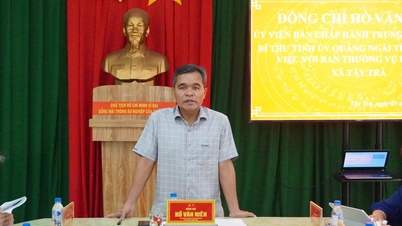
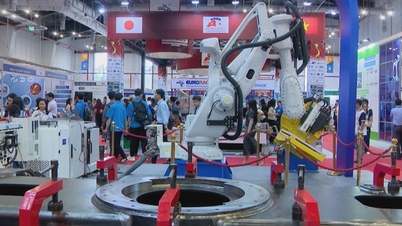















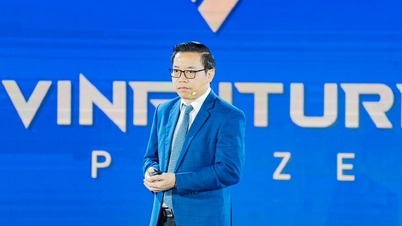

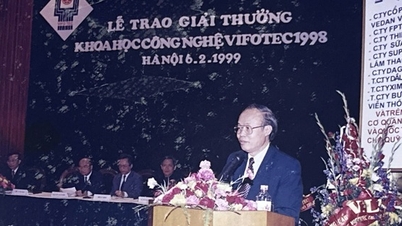




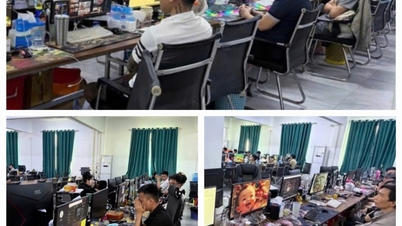
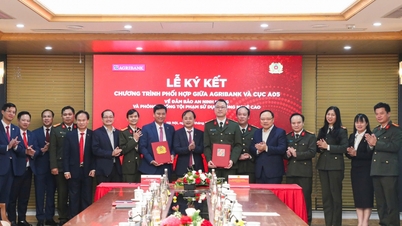


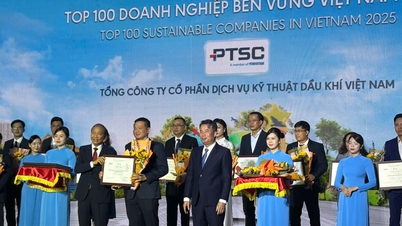











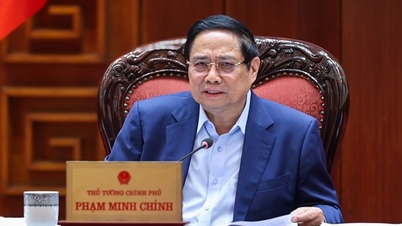
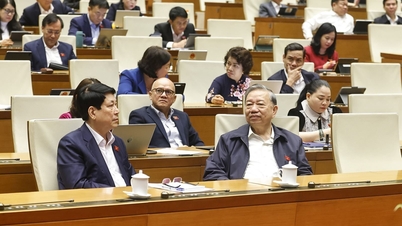
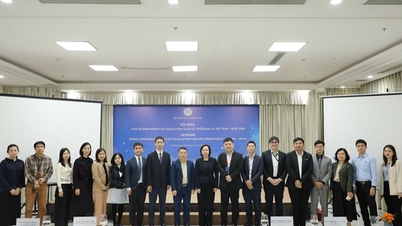
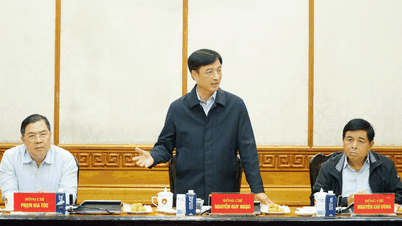

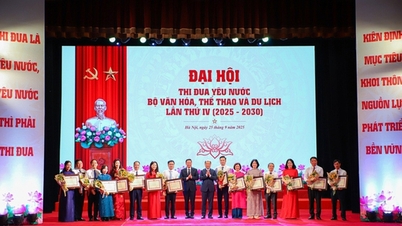

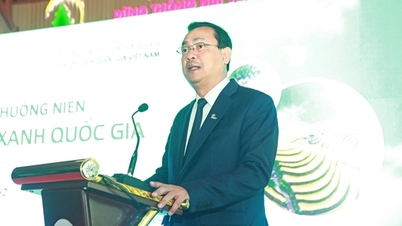
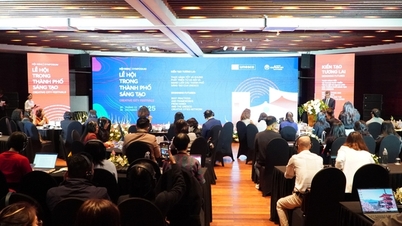



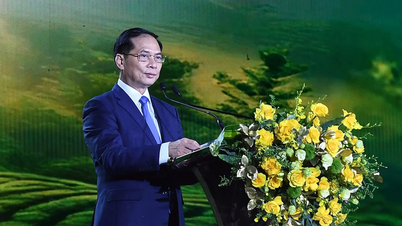























Comment (0)